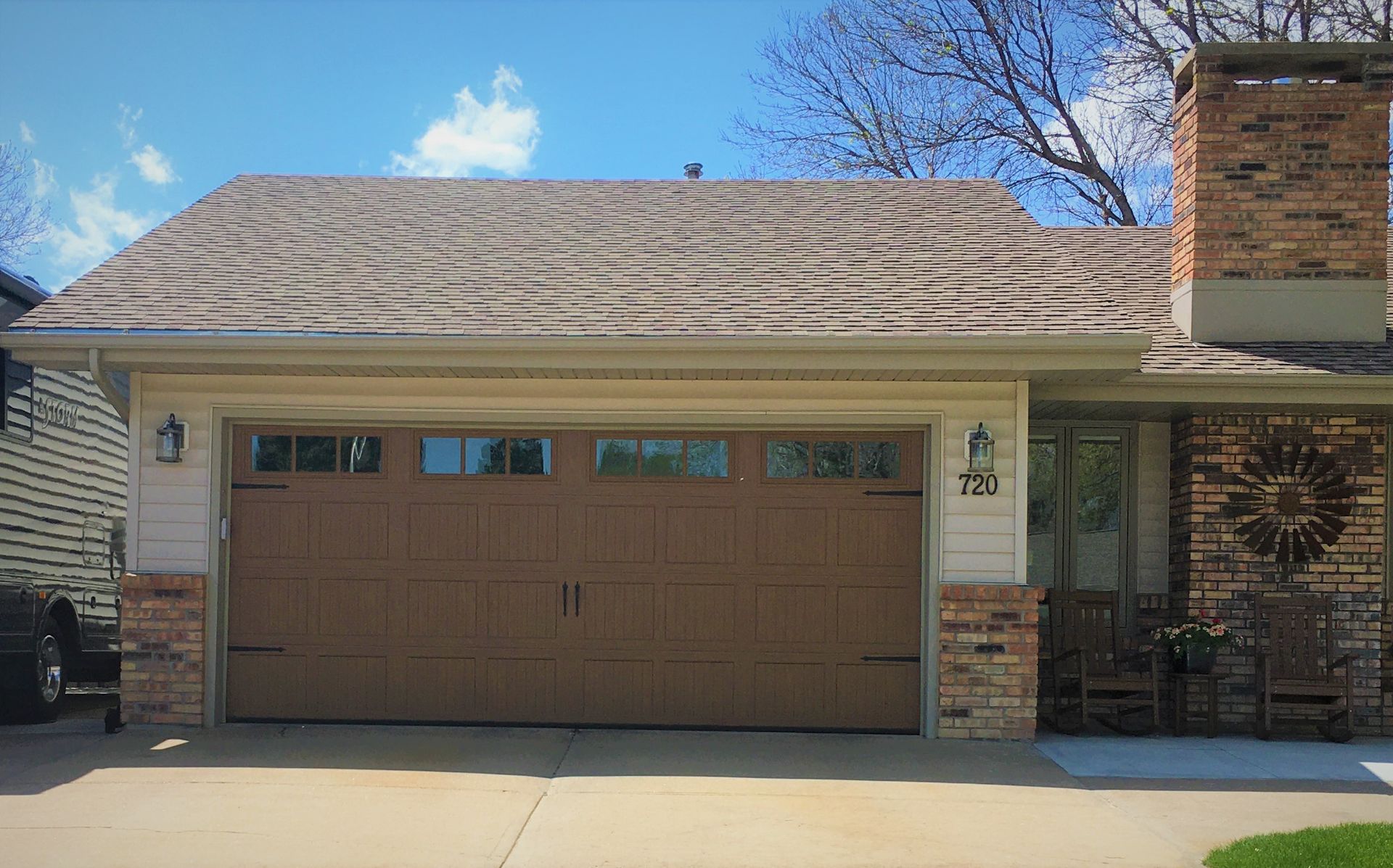Trying to decide between a flat or sloped roof? Each has its perks, but your decision should be based on your requirements, budget, and design preferences. Let’s break it down.
Flat vs. Sloped Roofs: A Comparison
Flat Roofs
- Advantages: Flat roofs are affordable, easy to build, and offer additional space for things like HVAC systems or even rooftop gardens.
- Cons: Flat roofs need regular maintenance to avoid water accumulation and may be more susceptible to leaks if not sealed correctly.
Understanding Sloped Roofs
- Advantages: Sloped roofs offer superior water drainage, are long-lasting, and enhance the aesthetic value of your building.
- Cons: Higher upfront costs and more complex construction.
Common Misconceptions About Flat Roofs
Many people think flat roofs are less durable, but they actually have a gentle slope for water runoff. When constructed with the proper materials and regularly maintained, they can last as long as sloped roofs.
Important Factors to Consider When Choosing a Roof Type
To help you make your decision, consider the following factors when choosing between a flat and sloped roof:
- Financial Considerations: Flat roofs tend to be cheaper upfront, but sloped roofs may offer more savings over time due to their longevity and lower maintenance needs.
- Types of Materials Used: Flat roofs often use membranes like EPDM or TPO, while sloped roofs typically feature asphalt shingles, tiles, or metal.
- Architectural Considerations: The design of the building, the climate, and its intended use should influence your choice. Flat roofs are ideal for modern buildings, while sloped roofs are better for traditional homes or locations with severe weather.
How Weathercraft Can Help You Choose the Right Roof
Weathercraft offers expert roofing solutions for both flat and sloped roofs. We work closely with you to recommend the best options based on your design preferences, budget, and local climate. We ensure top-notch materials and craftsmanship for every project.
